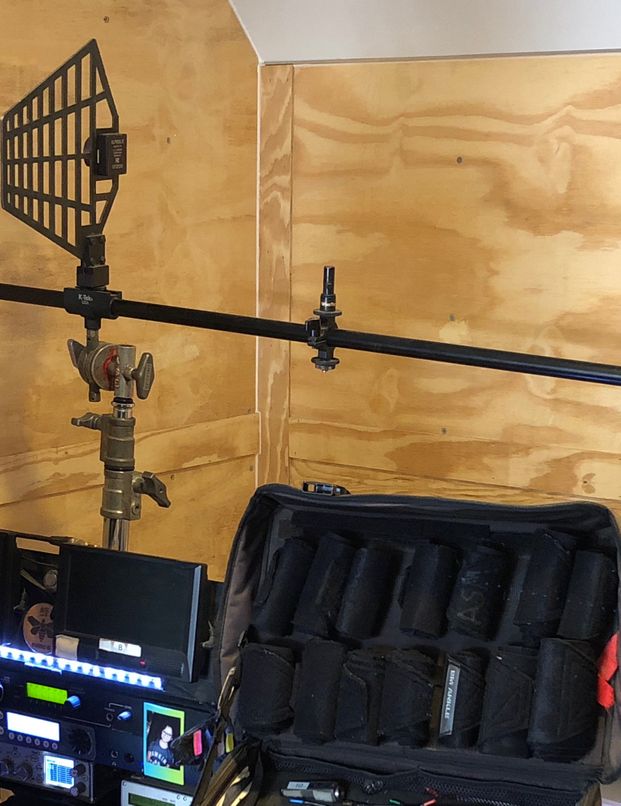There is no such thing as a typical day for a leading production sound mixer like Michael Clark; however, we ask him to do his best at setting out his day in the life to us in layman’s terms.
“Being a production sound mixer means that I am recording the dialogue for the production, which sounds pretty straightforward, but as with all jobs on a film set, we have to take on factors and variables provided by other departments,” he says. “As in music recording, we wish to capture the dialogue in as clean an environment that is possible. In a music studio situation, we have great abilities to manage these variables, but in the film world, we have exterior variables that most of the time are uncontrollable.”
Each department on a film set is there to support camera, Clark says, so the focus is on the image, at this stage of production, and on tracking the dialogue:
“We work with the electric department on placement of generators and ballast systems; with the props department on any handling concerns we have with props in the scene; with our camera department to work out frame lines and shadows for our boom microphones to work on a scene; and with the costume department to place body mics on our actors to capture dialogue that can’t be picked up by an overhead boom microphone.”
Furthermore, Clark and co. are also the keepers of sync on a film set, maintaining sync with the cameras being used to keep the workflow consistent throughout post production, with sync boxes and/or with a timecode slate (clapper).
“We are also responsible for delivering a mix feed of the tracks to our video village full of directors, script supervisors, and executive producers,” Clark explains. “Maintaining radio frequencies is also a major concern, as we live in a wireless world, and we at times employ 25-30 wireless devices on our set, between microphones, audio feeds, camera focus devices, and camera video transmissions. As we have the most at stake, and we are usually the only ones licensed, we tend to manage these frequencies."



